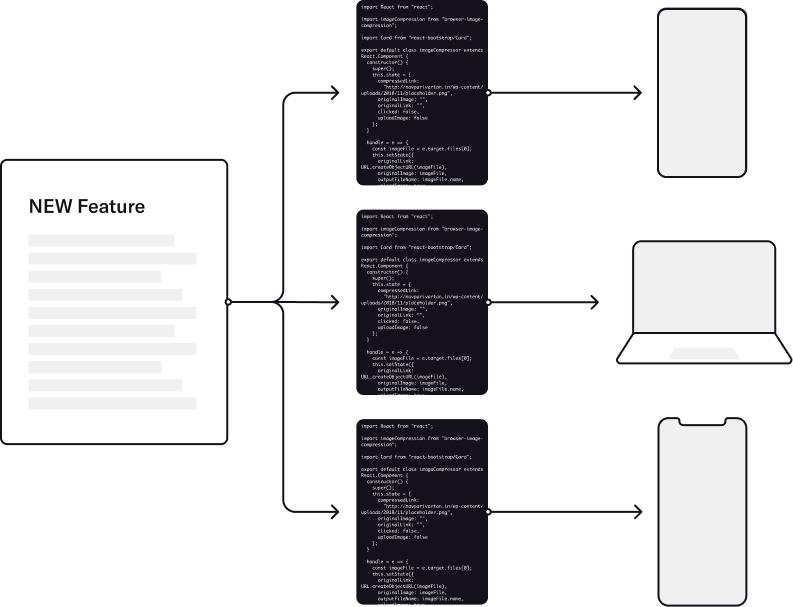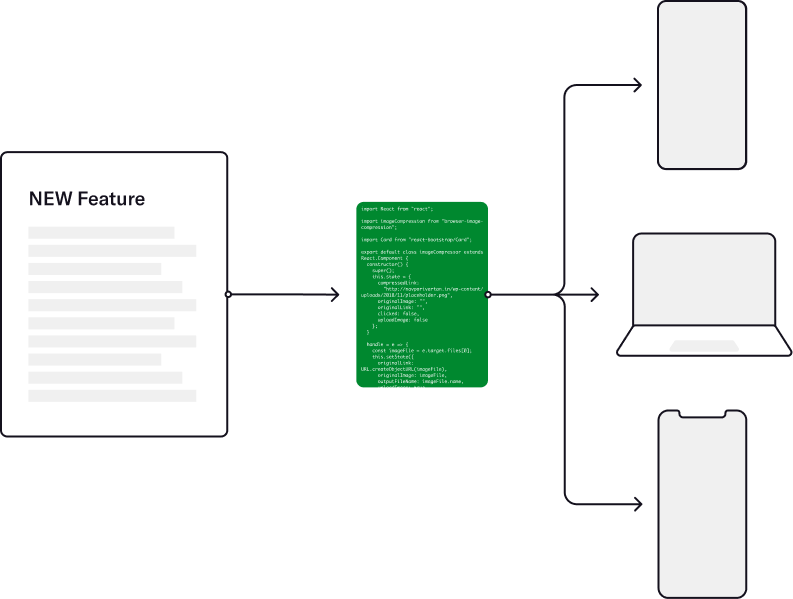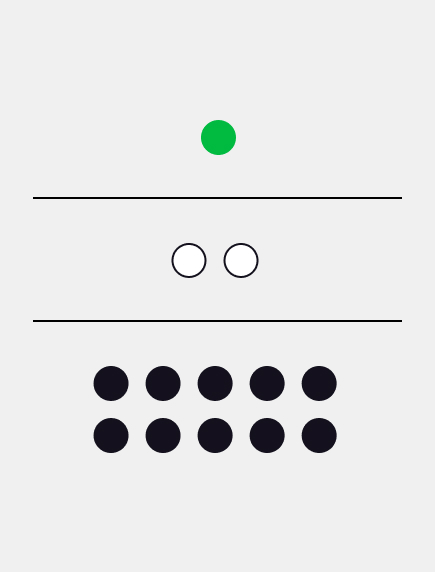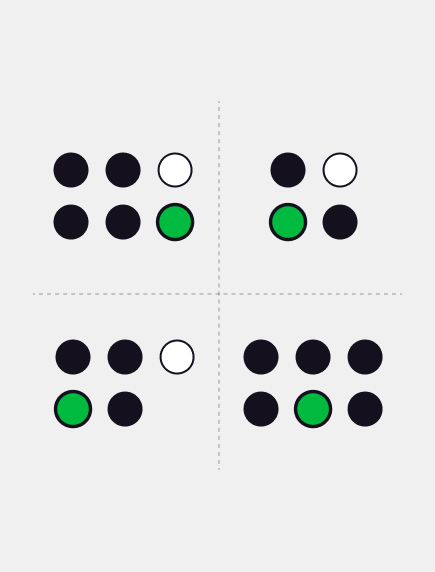The Opportunity: Develop Digital Products that Meet Customers’ Changing Needs, Drive Engagement, and Improve Efficiency
Amica Insurance is a leading US auto, home, and property insurance provider. Consistently ranked as “Highest in Customer Satisfaction for Homeowners Insurance” and “Highest in Property Claims Satisfaction” by J.D. Power, Amica has long provided superior customer service through its call centers.
At a time when customers were increasingly favoring digital channels, Amica’s online features and functionality were not meeting users’ needs. Amica recognized it was essential to update its web and mobile applications and how they built software to deliver the high-quality services and experiences customers have come to expect.
Our Response: MojoTech Works Side-by-Side with Amica’s Teams to Quickly and Efficiently Develop Software
While different departments across the organization had their own goals, objectives, and plans to achieve them, this data was extremely siloed. MojoTech knew that the information needed to be aligned and translated into the delivery of product features and improved customer experiences. With users’ needs as the driving factor, our first goal was to bring operations, marketing, and IT teams together to detail requirements, prioritize product features, and plan the product roadmap.
Code Unification, Legacy Modernization, and API Development
Until they engaged with MojoTech, Amica’s technology investment focused on transaction processing, which meant customer service tools were not modernized or supported. Web and mobile applications ran on separate code bases, back-end services were not readily available, and updating apps was complex and inefficient.
With a roadmap established, we were able to define the information needed from backend systems. We specified and developed new middleware on top of legacy systems with modern APIs and created regular and predictable product release milestones. We unified the code base for web and mobile applications using React and React Native to speed development and provide a scalable foundation for growth.
At the same time, we deployed GitHub to provide a modern tool for version control and code review. As we continued to write code together, we trained Amica on MojoTech’s code review process, which ensures code quality.
Product Management Mentoring
Traditionally, Amica’s IT team had long systems management and upgrade cycles, sometimes taking eighteen months or longer to release new features. Defining a release cadence was especially important to Amica, given we were moving away from once-yearly “big bang” releases to quick, iterative deployments as soon as features were ready to ship.
A crucial part of their successful digital product strategy was transitioning them from project to product management. To accelerate Amica’s efforts, we implemented Agile development practices, including daily standups, sprint planning, and backlog grooming. While these ceremonies support the development process, their true value comes from providing the structure needed to shift to a user-centered product planning process.
The Results: Amica Transforms into a Digital First Company through a Shift in Process and Approach
1x Codebase Provides Faster Times to Value
With a single, more manageable codebase, Amica can now routinely develop and release digital products that meet customers’ changing needs, drive engagement, and improve efficiency internally and for customers.

Before
Amica

After
Amica + MojoTech
2x Increase in Internal Productivity
Internal teams now effectively collaborate to drive product planning surrounding user needs. Project managers have become product owners, spending more time on feature prioritization and product roadmaps. Continuous releases and agile practices have replaced long development cycles and waterfall planning. As a result, Amica can ship software more quickly to adjust to market conditions.

Before
Amica
Teams were siloed and worked in isolation with little transparency or communication.

After
Amica + MojoTech
Cross-functional product delivery teams allowed quicker iterations and greater accuracy.
3x Improvement in Customer Satisfaction
Following its launch, Amica’s mobile app ratings went from 1.5 to 4.5 stars in the Apple App and Google Play stores. Instead of calling, customers can take care of their needs on their schedule using a device of their choosing to seamlessly update their policies, file claims, provide supporting information, and track progress.
By embracing digital transformation and a new approach to software development, Amica continues to grow and lead the market in customer satisfaction.
